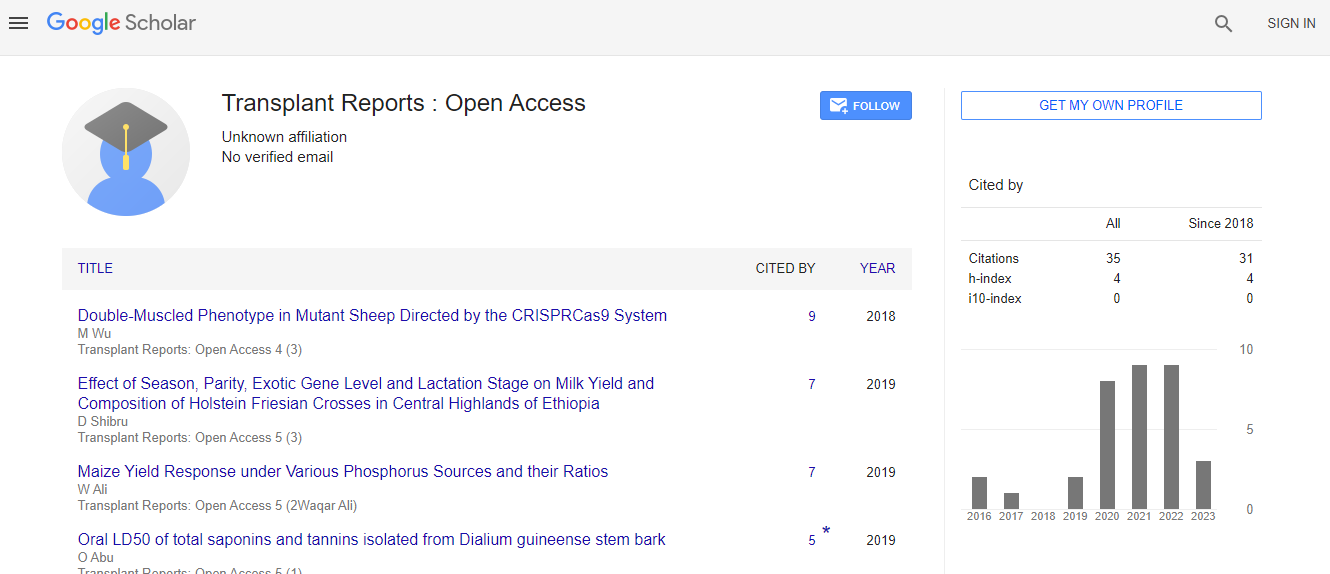The Relationships Between Gait Impairments and Activity Limitations in People with Depressive and Related Disorders Include: Depressive Pseudodementia, Hypochondriasis, Factitious Disorder, Cognitive Dysfunction and Normal Pressure Hydrocephalus
*Corresponding Author:
Copyright: © 2020 . This is an open-access article distributed under the terms of the Creative Commons Attribution License, which permits unrestricted use, distribution, and reproduction in any medium, provided the original author and source are credited.
Abstract
According to Katzenschlager and Pirker walking speed may be a sensitive indicator of general health status and it related to anticipation in older adults. Accurate pathology diagnosis is that the most vital among patients exhibiting neurological disorders of gait. Several studies have investigated ‘the relationships between gait impairments and activity limitations in people with’ various neurological disorders. Studies show that depression has been associated with increased risk of gait impairments. This study reviewed and ‘synthesized existing evidence on gait’ impairments in neurological disease, including Depressive, Depressive Pseudodementia, Hypochondriasis, Factitious disorder, Cognitive dysfunction and Normal Pressure Hydrocephalus. The aim of this research study is to review the varied neurological factors particularly relevant to depression diseases, affecting gait impairments.

 Spanish
Spanish  Chinese
Chinese  Russian
Russian  German
German  French
French  Japanese
Japanese  Portuguese
Portuguese  Hindi
Hindi 